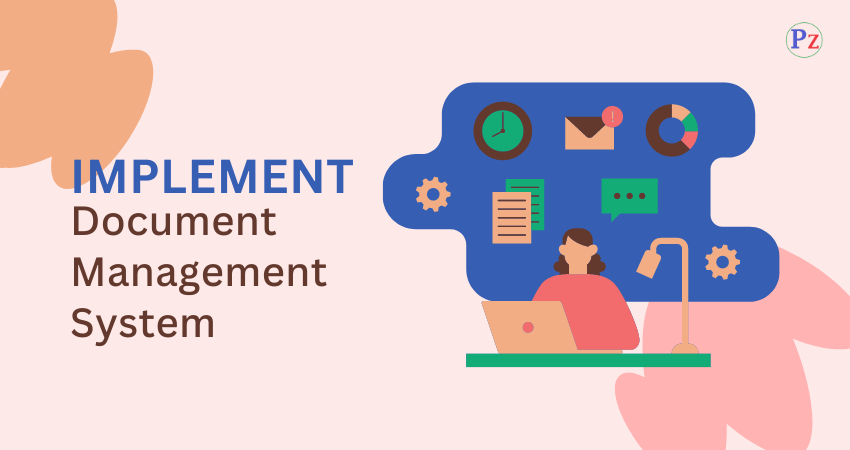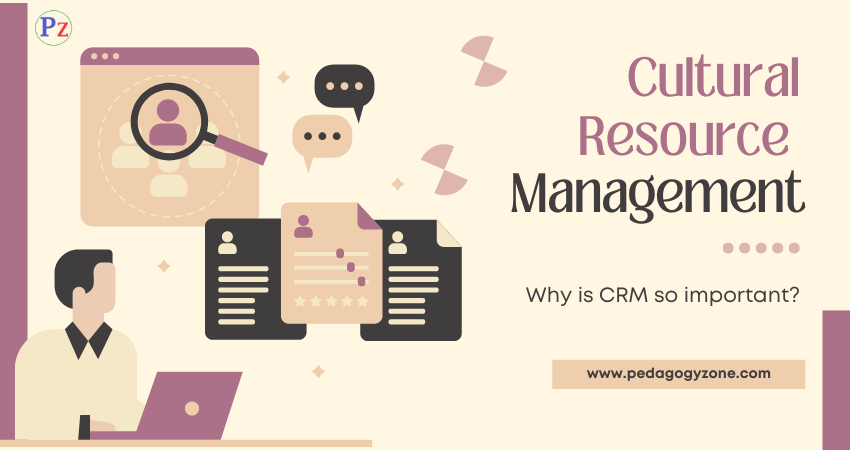Implementing a Document Management System (DMS) can range from straightforward to highly complex, depending on several factors like the size of the organization, the specific needs for document management, and the existing IT infrastructure. Here’s a unique perspective on the challenges and considerations involved in implementing a DMS:
A DMS is not just about storing documents; it’s about managing access, version control, searchability, compliance, and integration with other business systems. The more complex the requirements, such as multi-level access control, metadata management, and regulatory compliance (e.g., GDPR, HIPAA), the harder it becomes to implement. Customization is often necessary, which increases the difficulty.

Integration with Existing Systems: If the organization already uses various software for different operations (ERP, CRM, HR systems), the DMS must integrate smoothly with these systems. Integration involves API management, data migration, and ensuring the consistency and security of data across platforms. The difficulty level here depends on how modern or compatible the existing systems are.
Data Migration Challenges: Migrating existing documents from various formats and systems to a new DMS can be time-consuming and error-prone. The challenge is amplified when dealing with unstructured data (e.g., emails, PDFs) or a large volume of documents. Ensuring that no data is lost and that all documents are properly indexed and accessible is a major hurdle.
Customization and Scalability Issues: Off-the-shelf DMS solutions may not fit every organization’s unique needs, requiring customization. Customization adds to the development time, cost, and complexity. Additionally, scalability is a concern; the DMS should be able to handle future growth in document volume and user base without significant performance degradation.
User Adoption and Training: A significant part of a DMS implementation’s difficulty lies in ensuring user adoption. Employees must be trained to use the new system effectively, which can be a daunting task if the system is not user-friendly or if employees are resistant to change. Poor user adoption can lead to the failure of the DMS implementation, making this a critical area to address.
Compliance and Security Concerns: Document management involves handling sensitive and confidential information. Ensuring compliance with legal standards (like ISO 27001 or SOC 2) and implementing robust security measures (encryption, access controls, audit trails) add layers of complexity. Ensuring that the DMS is secure from both internal and external threats requires careful planning and testing.
Ongoing Maintenance and Support: Post-implementation, a DMS requires ongoing maintenance for updates, security patches, user support, and system scaling. This continuous effort involves costs and necessitates having a dedicated team or outsourcing support, both of which add to the overall difficulty of managing the system.
Costs and ROI Considerations: The cost of implementing a DMS includes not only the software but also the hardware, customization, integration, training, and ongoing maintenance. Organizations must consider the ROI carefully. A poorly implemented DMS can result in a negative ROI due to high costs and low adoption rates.
Implementing a Document Management System is a multi-faceted challenge that involves more than just installing software. It requires a clear understanding of organizational needs, careful planning, integration, and a focus on user adoption and ongoing maintenance. The complexity is largely dictated by the specific requirements and constraints of the organization, making it as simple or as challenging as the situation demands.
Document Management System Software
A Document Management System (DMS) is software that helps organizations manage, store, organize, and track digital documents and files. It provides features like document storage, version control, access control, search functionality, and collaboration tools, making it easier to manage and access documents efficiently. A DMS improves productivity, ensures data security, and supports compliance with legal and regulatory requirements. Popular DMS software includes Microsoft SharePoint, Google Workspace, DocuWare, and M-Files.
| Read More Topics |
| Need for control charts for attributes |
| List out the seven tools of quality control |
| Various stages of team development |



